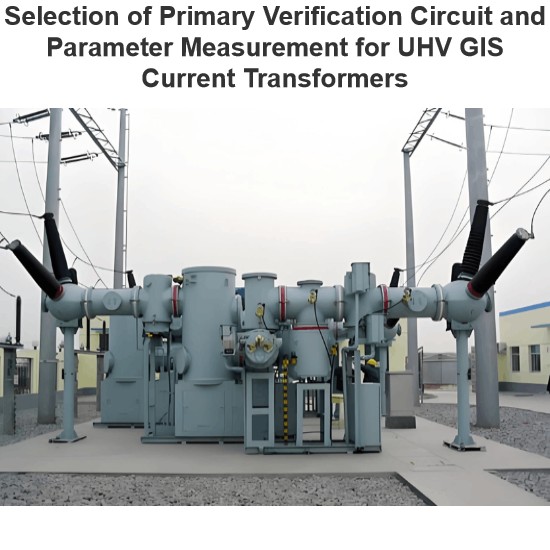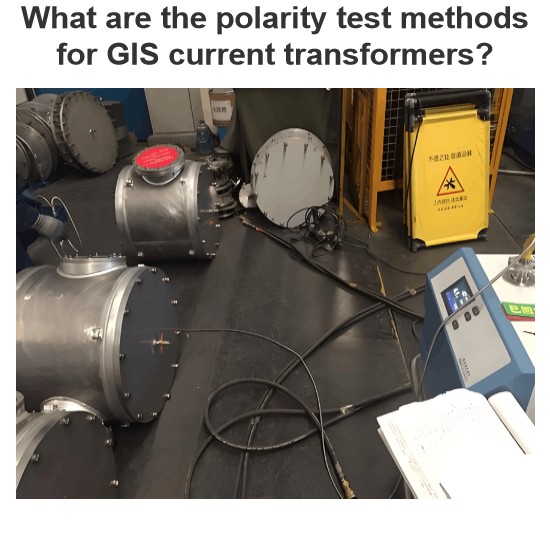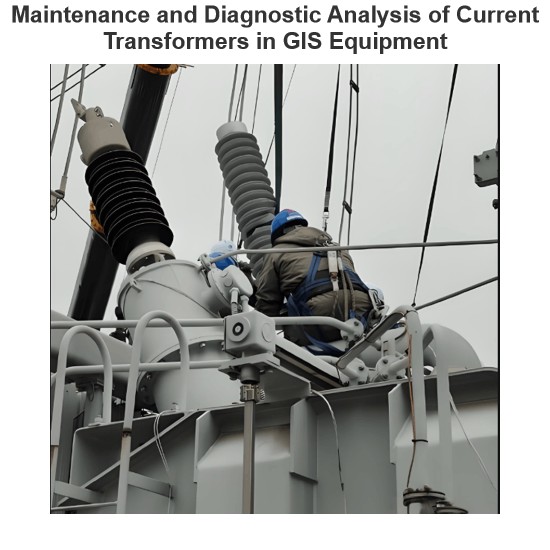Exploring the Design and Application of Photoelectric Current Transformers in GIS
Dyson
07/07/2025
Topics
Focused on the design of electrical equipment, proficient in electrical principles and relevant specifications, and skilled in using design software. From intelligent substations to various types of electrical equipment, I am adept at optimizing design solutions, integrating new technologies. With practical experience and collaborative management capabilities, I deliver outstanding electrical design achievements.

What to Pay Attention to When Selecting and Installing GIS Current Transformers?
Hi everyone, I'm James, and I've been working with current transformers (CTs) for 10 years. Today, I’ll talk about what you need to watch out for when selecting and installing GIS current transformers.Part 1: Key Considerations During Selection1. Accuracy ClassProtection-grade CTs: Used for relay protection — focus on overload capacity and transient response.Metering-grade CTs: Used for billing purposes — require high accuracy, usually 0.2S or 0.5S class.2. Rated Primary Curren
James
07/07/2025

Selection of Primary Verification Circuit and Parameter Measurement for UHV GIS Current Transformers
In UHV GIS, current transformers are key to electric energy metering. Their accuracy determines power trade settlements, so on - site error verification perJJG1021 - 2007is needed. On - site, use power supplies, voltage regulators, and current boosters. Due to encapsulation in GIS, build test circuits via exposed grounding knives, bushings, and return conductors; right circuits simplify wiring and boost accuracy.Challenges like large test current, long circuits, and high impedance exist, but rea
Oliver Watts
07/07/2025

What are the polarity test methods for GIS current transformers?
I’m Oliver, an 8 - year current transformer testing pro. Today, let’s break down new and old polarity test methods for GIS current transformers—how they work and their pros/cons.1.Testing Methods1.1New MethodPre - test ops: Open FDS21/FDS22 fast disconnectors + DS23 disconnector. Close CB21 breaker, then ES21/ES22 grounding disconnectors. Disconnect ES21’s SF6 - shell ground.Wiring: Connect battery between ES21’s moving contact (negative grounded) + ground electrode
Oliver Watts
07/07/2025

Maintenance and Diagnostic Analysis of Current Transformers in GIS Equipment
I'm Oliver, with 8 years of experience in current transformer testing. These are all practical experiences, shared with you1 Maintenance of Current TransformersHaving been in the business of current transformer testing for 8 years, I know a thing or two about their maintenance! The maintenance of current transformers is divided into minor repairs, intermediate repairs, and major overhauls.Minor repairs mainly involve opening the cover (if necessary) and changing the oil, usually carried out once
Oliver Watts
07/07/2025









